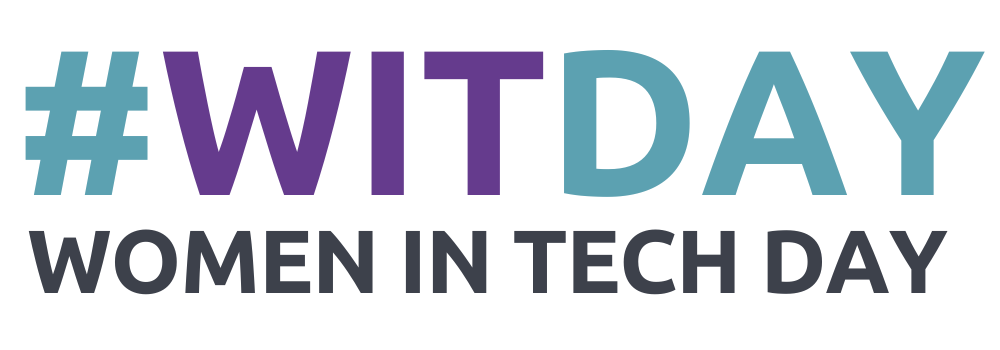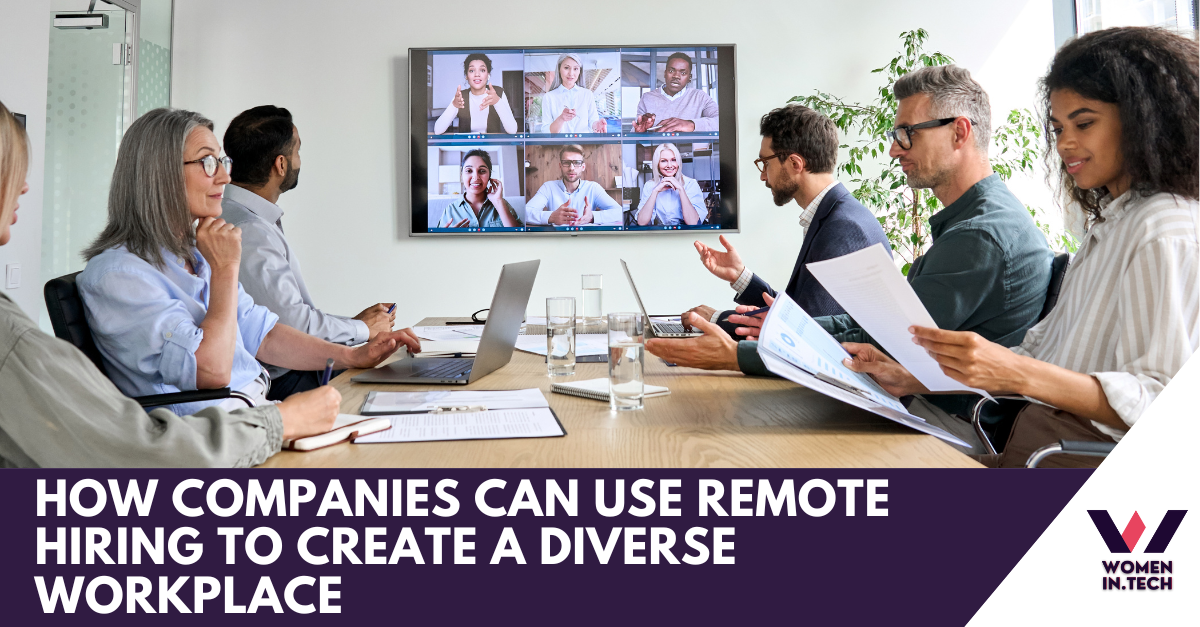What Is Remote Hiring And How Does It Work
Remote hiring is a new and growing trend in the workforce. By definition, remote hiring is the practice of recruiting and hiring employees who work outside of the traditional office setting. Remote hiring can entail employees who work from home, from co-working spaces, or from any location outside of the company's physical office. Virtual recruitment has many benefits, including increased diversity, reduced overhead costs, and a larger pool of potential candidates to choose from. With so many advantages, it's no wonder that it is becoming more and more popular. If you're considering remote hiring for your next position, here's what you need to know about how it works.
When it comes to finding candidates, there are a few different options for remote hiring. One popular method is to use online job boards. These websites provide a central place for companies to post their open positions and for job seekers to browse and apply for jobs. Another option is to use a recruiting agency that specializes in finding remote candidates. This can be a great way to save time and energy on the hiring process, but it comes with an added cost. Finally, many companies choose to post their open positions on their own website, social media platforms, or via their newsletter. This allows them to reach a wider audience of potential candidates and gives them more control over the candidate selection process.
The Benefits Of Using Remote Hiring to Create A Diverse Workplace
Diversity in the workplace is important for many reasons. It can lead to increased creativity and innovation, and it can help to create a more inclusive environment. However, achieving workplace diversity can be challenging. One way to address this issue is to try remote hiring practices.
Remote hiring helps to break down geographical barriers, making it easier for people from all over the world to apply for jobs. It also encourages mothers to join the workforce. In addition, people with disabilities are often able to work more effectively from home, as they are not limited by access issues. As a result, remote hiring can help to create a more diverse workforce.
Overcoming Geographical Barriers
Ensuring a diverse work environment can be difficult to achieve, especially in a small community where the talent pool is limited. One way to overcome this challenge is to hire remotely. By expanding your search to include candidates from all over the world, you can tap into a much wider pool of talent and create a more diverse workforce. In addition, remote hiring can help you reach underrepresented communities that may not be well represented in your local area. By taking advantage of remote hiring, you can create a workplace that is more diverse and innovative, and that will ultimately lead to your business’ success.
Encouraging More Women to Join The Workforce
The gender gap in the workforce is a well-documented problem, and one that has a profound impact on the economy. Fortunately, remote hiring offers a potential solution to this issue. By allowing mothers to work from home, remote hiring encourages more women to join the workforce. This not only helps close the gender gap, but it also gives businesses access to a huge collection of talented people who have been overlooked. In addition, remote working arrangements are more flexible and accommodating to family life, making them an ideal solution for working mothers. With remote hiring, businesses have the opportunity to promote gender equality and close the economic gender gap. Moreover, they can enjoy the many benefits that come with having women in leadership positions in the technology sector.
Enhances Access for Employees with Disabilities
People with disabilities often face significant obstacles to employment realization. From a lack of accessible transportation to discriminatory hiring practices, people with disabilities often find themselves excluded from the workforce. However, remote work offers a unique solution to this problem. By eliminating the need to commute to a physical office, remote work gives employees with disabilities the flexibility to work from home. This not only increases their ability to find employment, but also gives them the opportunity to thrive in their chosen career. By bringing together employees from all corners of the globe, remote work provides an inclusive environment that celebrates diversity. As more and more companies embrace remote work, we can expect to see a significant increase in opportunities for employees with disabilities.
Tips For Managing A Remote Team Effectively
As the business landscape continues to evolve, more and more companies are adopting remote work models. While there are many benefits to this arrangement, it also presents some challenges when it comes to managing a team effectively. Here are a few tips for ensuring that your remote team is productive and engaged:
- Create a diversity, equity, and inclusion (DE&I) plan: When you have a distributed workforce, it's important to take steps to ensure that your team is diverse and inclusive. This will not only make your team more effective, but it will also help to build trust and good rapport among team members.
- Establish clear communication channels: When you're not working side-by-side, it's essential to establish clear communication channels. This might include daily check-ins, regular video calls, or group chat platforms.
- Set expectations and deadlines: One of the challenges of remote work is that it can be difficult to stay on task without in-person supervision. To combat this, be sure to set clear expectations and deadlines for your team. This will help everyone stay focused and on track.
By following these tips, you can help create a productive and positive remote work environment for your team.
If you're ready to start hiring remotely, post your vacancies here.

